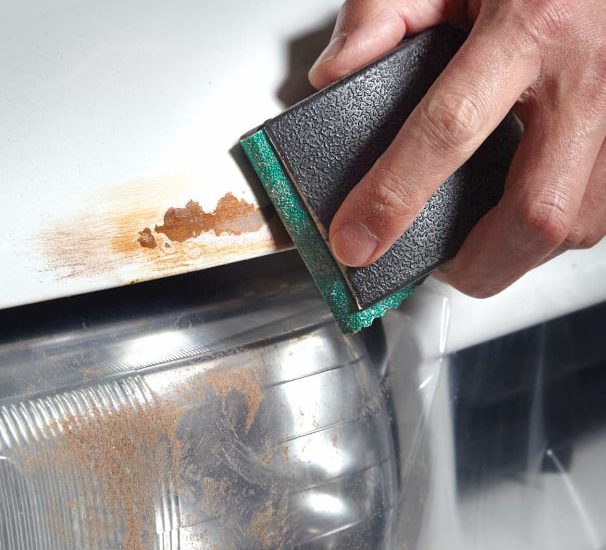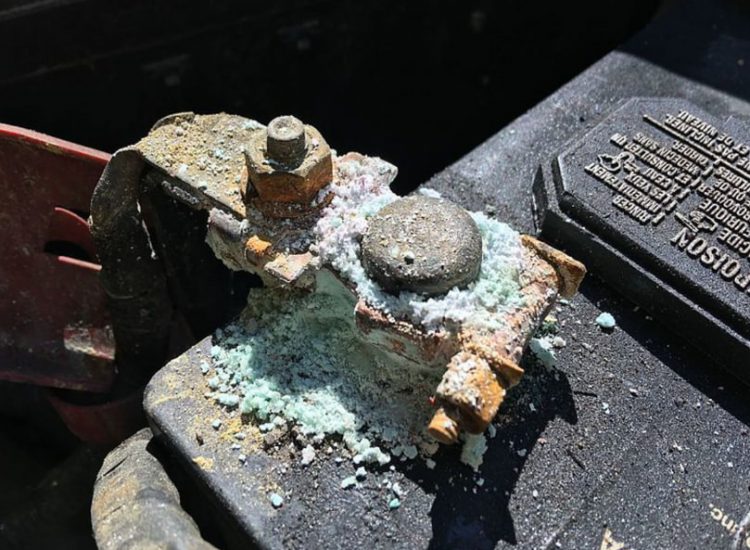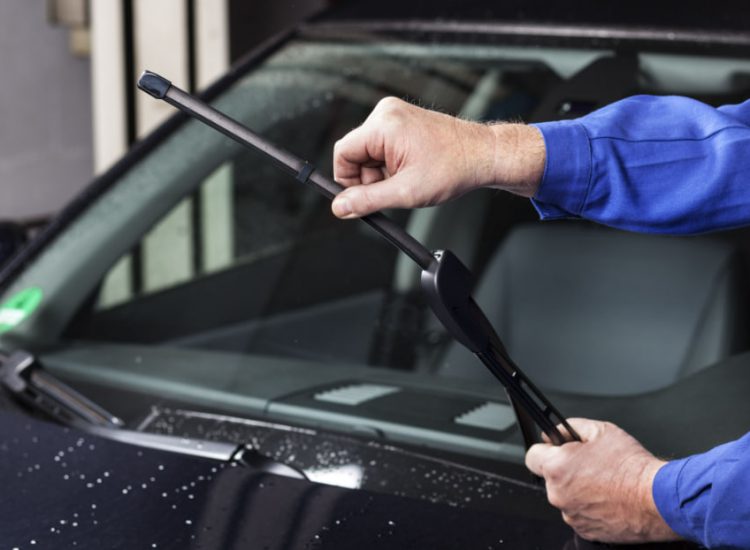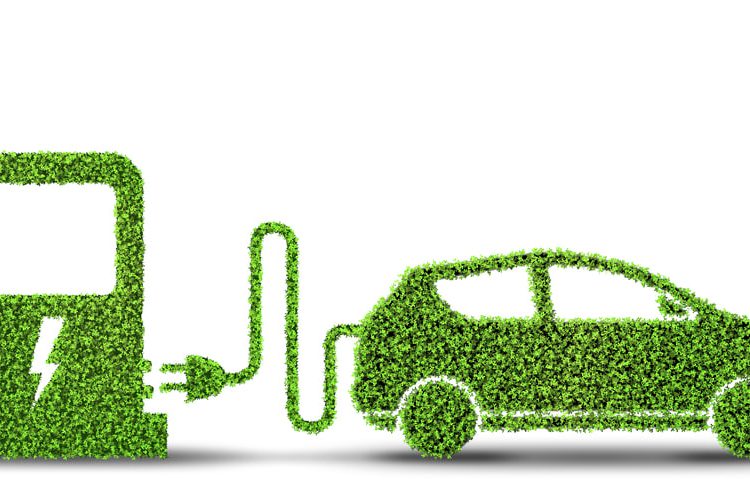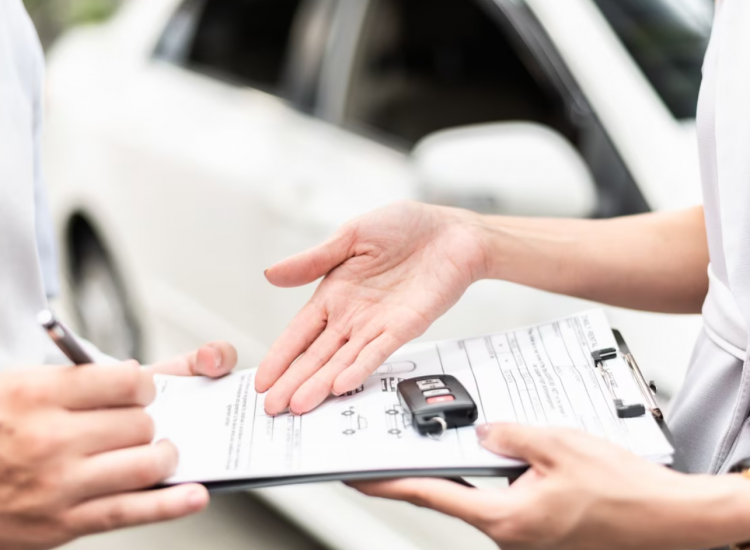As a responsible driver, it’s crucial to ensure that your vehicle is in top condition before hitting the road. One of the most overlooked aspects of car maintenance is checking tire pressure regularly. Having the correct tire pressure not only ensures safety but also improves fuel efficiency and prolongs the life of your tires. However, many drivers tend to neglect this essential task, which can lead to a flat tire or even an accident. Now , we’ll provide you with some useful tips on how to check tire pressure and inflate your tires correctly. By following these simple steps, you’ll be able to keep your vehicle running smoothly, and most importantly, stay safe on the road.
Toc
Check the air pressure in the tires
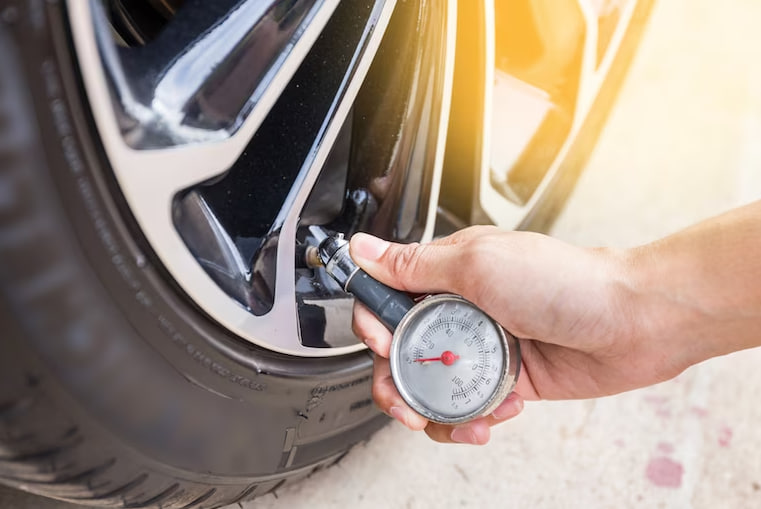
Keeping your car’s tires properly inflated is one of the simplest yet most important things you can do to ensure safe and efficient driving. But how often should you check the air pressure in your tires? And why is it so important to keep them properly inflated?Now , we’ll answer these questions and provide some useful tips for maintaining the right tire pressure.Why is tire pressure important?
Tire pressure plays a crucial role in your car’s performance and safety. When your tires are properly inflated, they provide better traction, handling, and braking. They also help your car get better fuel economy, which can save you money in the long run.
On the other hand, when your tires are underinflated, they can cause a number of problems. The most immediate effect is reduced fuel efficiency, as your car has to work harder to move with less pressure in the tires. But underinflated tires can also increase your risk of a blowout, which can be extremely dangerous, especially at high speeds.
Overinflated tires, on the other hand, can cause uneven wear and tear on the tread, reducing the lifespan of your tires and potentially compromising your safety on the road.
How often should you check your tire pressure?
In general, experts recommend checking your tire pressure at least once a month, or more frequently if you drive long distances or in extreme weather conditions. It’s also a good idea to check your tire pressure before any long road trips, as changes in temperature and altitude can affect the pressure in your tires.
To check your tire pressure, you’ll need a tire pressure gauge, which you can buy at any auto parts store or online. Simply remove the valve cap from the tire, place the gauge over the valve stem, and press down firmly until you get a reading. Make sure to check the pressure in all four tires, as they may differ from one another.
What should your tire pressure be?
The recommended tire pressure for your car can be found in your owner’s manual or on a sticker inside the driver’s door jamb. This number is based on the weight of your car and the size of your tires, and may differ depending on the make and model of your vehicle.
1. https://suvwars.com/archive/498/
2. https://suvwars.com/archive/429/
3. https://suvwars.com/archive/77/
It’s important not to overinflate your tires in an attempt to improve fuel economy, as this can actually be counterproductive and may cause other problems. Similarly, underinflating your tires can be just as harmful. Always follow the recommended tire pressure for your car to ensure safe and efficient driving.
In conclusion, checking the air pressure in your tires is a simple yet crucial step in maintaining your car’s safety and performance. By following these tips and staying on top of your tire pressure, you can enjoy a smoother, safer, and more fuel-efficient ride.
Performance considerations

When it comes to maintaining your vehicle, one task that is often overlooked is checking and inflating your tires. But did you know that properly inflated tires can have a huge impact on your vehicle’s overall performance?Now, we’ll take a closer look at the performance considerations you should keep in mind when inflating your tires.First and foremost, properly inflated tires can improve your vehicle’s fuel efficiency. When your tires are underinflated, there is more surface area in contact with the road, creating more resistance and drag. This means that your engine has to work harder to move the vehicle, which in turn leads to increased fuel consumption. On the other hand, when your tires are properly inflated, there is less surface area in contact with the road, reducing resistance and drag and allowing your vehicle to move more efficiently.
In addition to improving fuel efficiency, properly inflated tires can also improve your vehicle’s handling and safety. When your tires are underinflated, they have a tendency to flex more, which can lead to a loss of control when cornering or braking. Properly inflated tires, on the other hand, provide a more stable and predictable handling experience, which can help you avoid accidents and maintain control of your vehicle in challenging driving conditions.
Another important performance consideration when inflating your tires is tire wear. When your tires are underinflated, they tend to wear more quickly and unevenly, which can lead to premature tire failure. Properly inflated tires, on the other hand, wear more evenly, which can extend the life of your tires and save you money in the long run.
So, how do you know if your tires are properly inflated? The best way is to check your vehicle’s owner’s manual, which should provide recommended tire pressure levels for your specific make and model. You can also check the tire pressure label located on the driver’s side door jamb or inside the glove box. When checking tire pressure, it’s important to do so when the tires are cold, as the pressure can increase as the tires heat up during driving.
In conclusion, properly inflated tires can have a significant impact on your vehicle’s overall performance, including fuel efficiency, handling, and safety. By taking the time to check and inflate your tires regularly, you can ensure that your vehicle is performing at its best and reduce the risk of premature tire wear or failure.
Expert advices
The PSI listed on the sidewall of the tire is the maximum cold pressure for the highest load (weight) tire the tire can support.
Take action if you see the Tire Pressure Monitoring System (TPMS) light on in your vehicle. The TPMS indicator is a yellow icon on the instrument panel that lights up if one or more tires are underinflated.
1. https://suvwars.com/archive/67/
2. https://suvwars.com/archive/349/
3. https://suvwars.com/archive/77/
Note that tires have speed ratings in letter form. For example, the zr rating has a top speed of 149 mph. You can go faster than that for a short period of time, but the tire can be damaged. Speed ratings only apply to new tyres. If the tire has traveled 20,000 miles, the top speed may be lower due to general wear and tear. Once the tire has been repaired, the speed rating will be invalidated.
When it comes to maintaining your vehicle, one important aspect to keep in mind is the tire pressure. The recommended tire pressure can vary depending on the make and model of your car, so always refer to your owner’s manual for specific numbers.
It’s also important to note that the maximum cold pressure listed on your tire is meant for the highest load or weight that a tire can support. This means that if you are carrying a heavy load, such as luggage or passengers, you may need to inflate your tires above this maximum cold pressure.
But what happens if you see the Tire Pressure Monitoring System (TPMS) light come on while driving? This yellow indicator on your instrument panel is designed to warn you if any of your tires are underinflated. It’s important to address this issue immediately, as underinflated tires can lead to reduced fuel efficiency, poor handling and even tire blowouts.
If the TPMS light comes on, pull over safely and check your tire pressure with a gauge. If one or more of your tires are significantly lower than the recommended pressure, inflate them to the correct level as soon as possible. Be sure to also inspect for any punctures or damage that may have caused the low pressure.
Regularly checking and maintaining proper tire pressure is crucial for both safety and performance while driving. In addition to avoiding potential issues like blowouts or decreased fuel efficiency, properly inflated tires can also extend the life of your tires by providing even wear.
So next time you’re getting ready for a road trip or just heading out for your daily commute, take a few extra minutes to check your tire pressure and ensure that all four tires are at the recommended level. This small task can go a long way in ensuring a smooth and safe driving experience.


